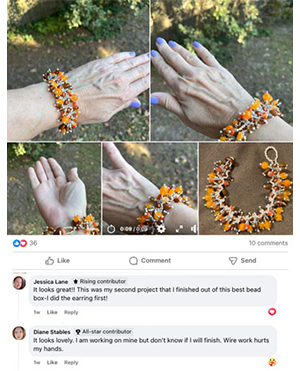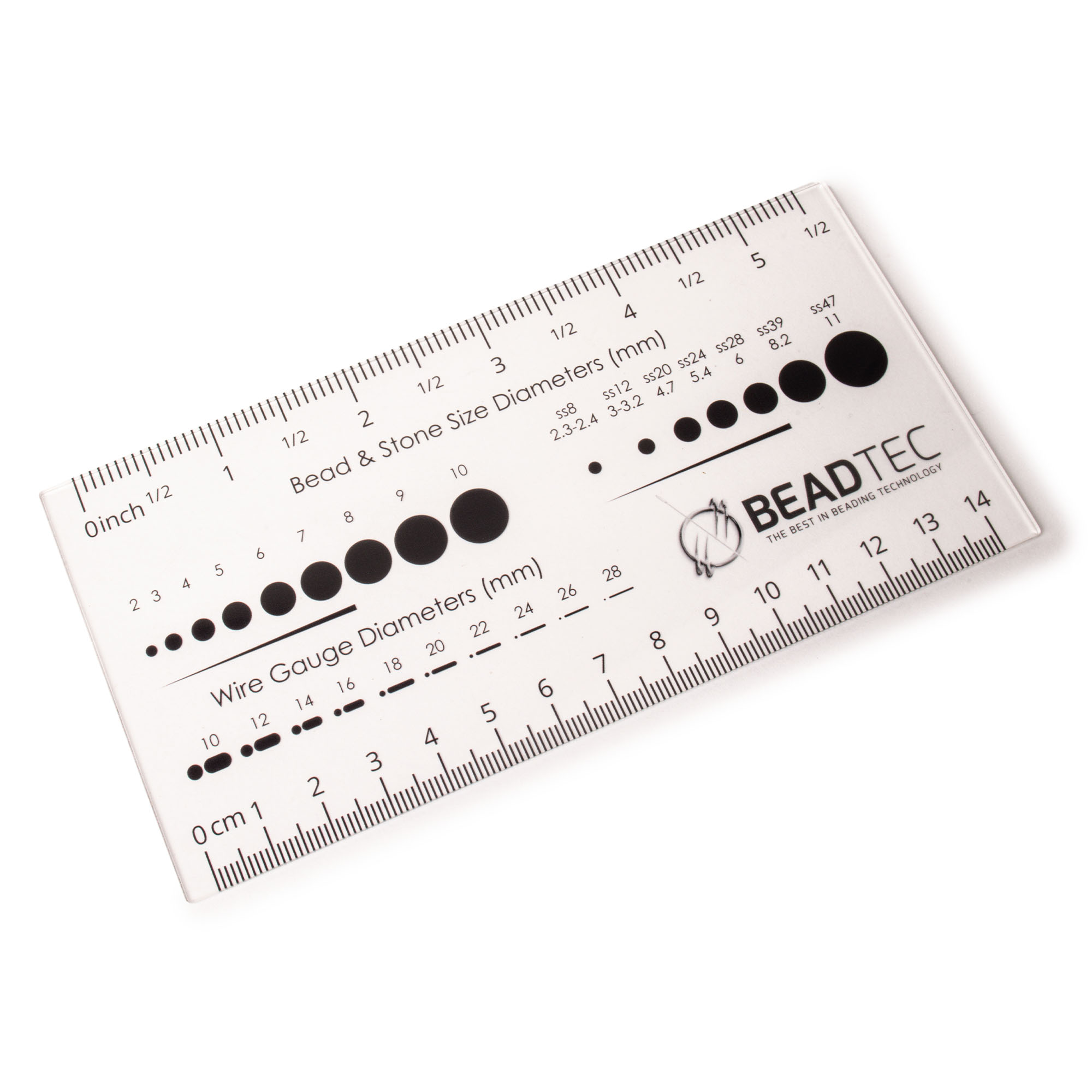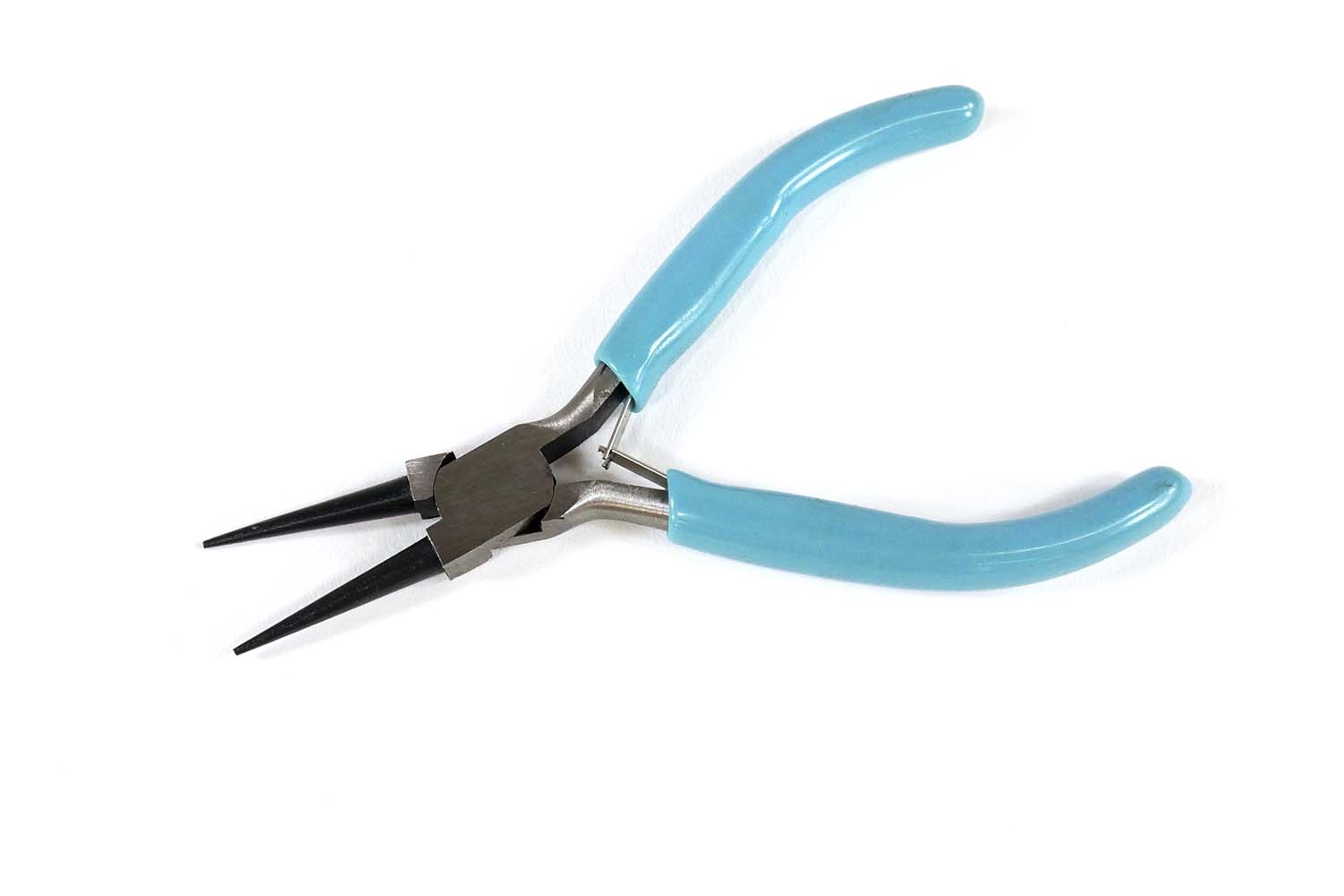- Jewelry-Making Supplies ▾
Design Jewelry with Confidence!
Seed Beads
Thread, Wire, & Stringing Materials
Athenacast Findings & Components
Everything Else
- Kits & Collections ▾
Assemble Your World
Kits & Collections
- Subscriptions ▾
Want monthly Beading Happiness?
Subscriptions
- Learn to Make ▾
Want to learn more?
- Discounts & Deals ▾
Explore Today's Promotions!
- Jewelry-Making Supplies
- Kits & Collections
- Subscriptions
- Learn to Make
- Discounts & Deals
-
Seed Beads
Thread, Wire, & Stringing Materials
Findings & Components
Everything Else
-
Kits & Collections
-
Subscriptions
- Home
- How to Make Jewelry
- Better Beader Episodes
- Jewelry Pliers vs. Home tool sets
Jewelry Pliers vs. Home tool sets

Watch the Video Tutorial
Watch the Video Tutorial
Need Any Extra Materials?
Need Any Extra Materials?
Need Any Extra Materials?
Need Any Extra Materials?
Episode Transcript
Episode Transcript
Introduction
In this Better Beader episode from Potomac Beads, we explore the differences between jewelry pliers and a home tool set. Whether you're a beginner or an experienced beader, having the right tools can make all the difference in creating beautiful, professional-looking jewelry. Join us as we dive into the specific features and benefits of each type of plier, and learn how to choose the best tools for your beading projects.
Materials Needed
- Jewelry pliers set (chain nose, round nose, flat nose, bent nose, and flush cutters)
- Home tool set (needle nose pliers, linesman pliers, and wire cutters)
- Beading wire or thread
- Beads of your choice
- Findings (clasps, jump rings, etc.)
Step-by-Step Tutorial
- Begin by familiarizing yourself with the different types of jewelry pliers:
- Chain nose pliers: Used for gripping, bending, and shaping wire
- Round nose pliers: Used for creating loops and curves in wire
- Flat nose pliers: Used for gripping and flattening wire
- Bent nose pliers: Used for reaching into tight spaces and making precise bends
- Flush cutters: Used for trimming wire flush against a surface
- Compare the jewelry pliers to the tools in a home tool set:
- Needle nose pliers: Similar to chain nose pliers but with a longer, tapered nose
- Linesman pliers: Used for gripping and cutting thicker wire, not ideal for delicate beading work
- Wire cutters: Used for cutting wire, but may leave a pinched or uneven end
- When working with beading wire or thread, use flush cutters to trim the ends cleanly and closely, preventing sharp edges that could scratch or snag.
- Use chain nose pliers to grip and manipulate findings, such as opening and closing jump rings or attaching clasps.
- For creating loops and curves in wire, reach for the round nose pliers. The tapered jaws allow you to create a variety of loop sizes.
- Flat nose pliers are perfect for gripping and flattening wire, as well as holding pieces securely while you work.
- When you need to access tight spaces or make precise bends, bent nose pliers are your go-to tool.
Customization Ideas & Inspiration
While jewelry pliers are designed specifically for beading and wire work, don't be afraid to experiment with tools from your home tool set. Needle nose pliers, for example, can be useful for reaching into tight spaces or working with thicker wire. Just be mindful of the potential for marring or damaging your beading materials.
When selecting your jewelry pliers, consider investing in a set with ergonomic handles for added comfort during long beading sessions. You may also want to explore pliers with non-stick or coated jaws to prevent scratches on your wire or findings.
Conclusion
By understanding the differences between jewelry pliers and home tool sets, you can make informed decisions when selecting the best tools for your beading projects. Remember to choose pliers with smooth, well-aligned jaws to ensure precise and clean work. With practice and the right tools, you'll be creating stunning, professional-quality jewelry in no time.
We hope this guide has been helpful in demystifying the world of jewelry pliers. If you have any questions or want to share your own experiences with beading tools, please leave a comment below. Happy beading!
Join Our Growing Community
Join Our Growing Community




Our Testimonials
Our Testimonials
- 55868 (83.8%)
- 4799 (11.4%)
- 3287 (4.1%)
- 228 (0.4%)
- 124 (0.3%)
- Favorite Reviews
- Highest to Lowest
- Newest to Oldest
- All Ratings
- 5 ★ Reviews
- 4 ★ Reviews
- 3 ★ Reviews
- 2 ★ Reviews
- 1 ★ Reviews
Loading...
Only Visible on Admin Mode
Item Description
Designer's Material List
Project Steps
Select Smooth Chain Nose Pliers: Choose chain nose pliers with a smooth interior to avoid damaging wire.
Opt for Nylon Jaw Pliers: For wide jaw pliers, select nylon jaw versions to prevent marks on your jewelry.
Choose the Right Cutters: Ensure your cutters offer a flush cut for precision work, especially close to your pieces.
Include Round Nose Pliers: Round nose pliers are essential for creating loops and bends; ensure they are part of your toolkit.
Invest in a Starter Kit: Consider purchasing a jewelry-making starter kit that includes all the necessary tools for beginning your crafting journey.
Highest Quality
Products
100% Money
Back Guarantee
Fast
Shipping
Best Teaching &
Customer Service
You'll want these emails...
Get Free Projects & Inspiration
Get Free Projects & Inspiration
- Bullet 1
- Bullet 2
- Bullet 3
Copyright © PotomacBeads









